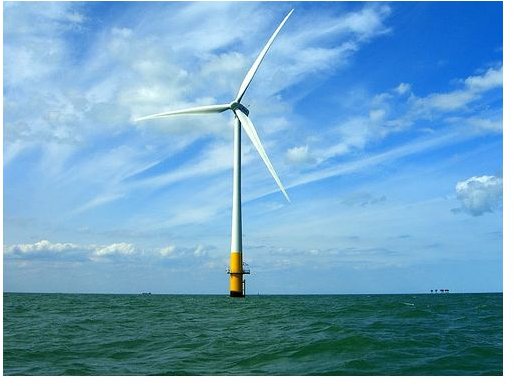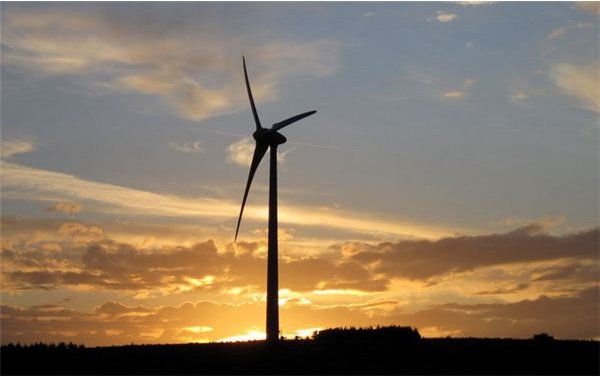Are Home Wind Farms Practical?
Introduction
In recent years wind farms have gained prominence as a major piece of the renewable energy industry “landscape.” Large commercial wind farms have been installed in many places around the world, from mountaintops to plains. Some current proposals even call for massive wind farms to be built off the coast to take advantage of ocean winds. In addition to their place in commercial power generation, windmills occupy a unique niche among large power generators: the technology is freely available for consumer use. In fact, several models of consumer-grade windmills exist.
However, the practicality of windmills for home generation is certainly questionable. Windmills’ utility depends on a number of factors, such as location, the cost of electricity, local regulations, and the strength of wind.

Practicality Calculations
In order to determine whether a home wind farm is a good investment, the home owner should perform a basic analysis. First, determine whether a windmill can meet the home’s energy needs.
- Do not rely on the manufacturer’s stated output of the windmill; this usually assumes much higher wind velocities than will realistically be attained.
- A rough formula for determining the output of a windmill is Output = 0.01328*D2*V3, where D is equal to the blade diameter in feet and V is the average wind velocity in feet per second. This equation returns the expected power output per year in kilowatt hours.
- Next, determine the home’s annual usage of electricity. This can easily be estimated by multiplying one month’s electricity bill, or otherwise by adding up a previous year’s bills if those are available.
- If the windmill is expected to power an entire house, divide the home’s usage by the output of a single windmill to determine the number of windmills required.
Once the number of windmills required has been decided, determine whether windmills are more cost effective than simply tapping into the power grid. Many people are installing windmills for reasons other than monetary savings (environmental concerns, for instance, or powering a remote home). However, it is still useful to consider the costs. To determine how long it will take for a windmill to pay for itself, divide the total price of the windmill, including installation and estimated maintenance, by the price of electricity per kWH. Then simply divide this value by the yearly output of the windmill. This will show how long in years it would take for the windmill to pay for itself.
Some other factors may make this calculation more complicated, however. Several countries and areas provide generous subsidies, such as tax credits, for installing wind mills, which lowers the time it takes for a wind turbine to pay for itself. Additionally, if the wind mill is generating more electricity than the home is using, the electric company is in many cases required to pay for the electricity the mill sends back into the grid.
Another idea to consider is collaborating with neighbors to construct a small wind farm with multiple windmills. This may reduce the cost that each person must pay if the total cost is shared among neighbors (for instance, purchasing three windmills for four neighbors).
Possible Concerns
When installing a windmill, several areas of concern present themselves. The most important problem is the amount of wind a specific area gets. There are several devices available to measure wind velocity; it is best to log data over a long period to get an idea of what the average wind velocity is.
Also consider local ordinances which may outlaw windmills and factors which may block the wind, like high trees. Another factor to consider is repair costs: windmills may break down and require servicing, which can be expensive. In addition, wind tends to be strongest during the night.
If a home is to be powered solely by windmill, a small gas or diesel generator would be a good investment in case the wind doesn’t produce enough electricity during the day.
Resources
These are some valuable resources for home owners considering wind power:
